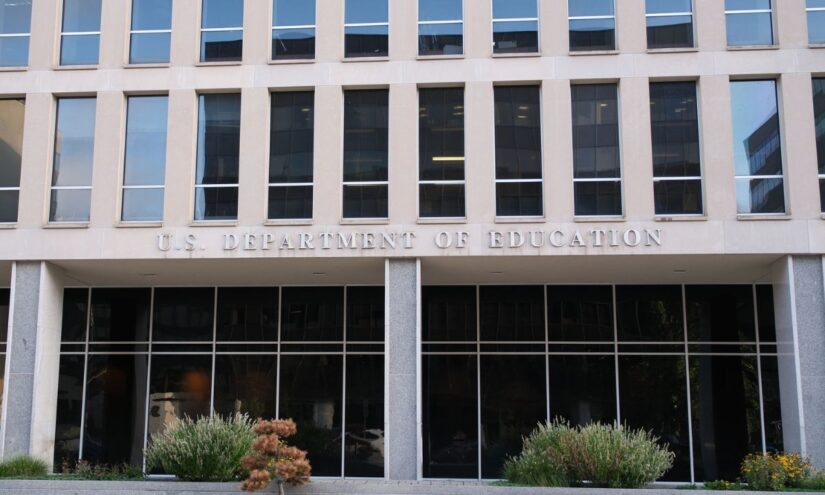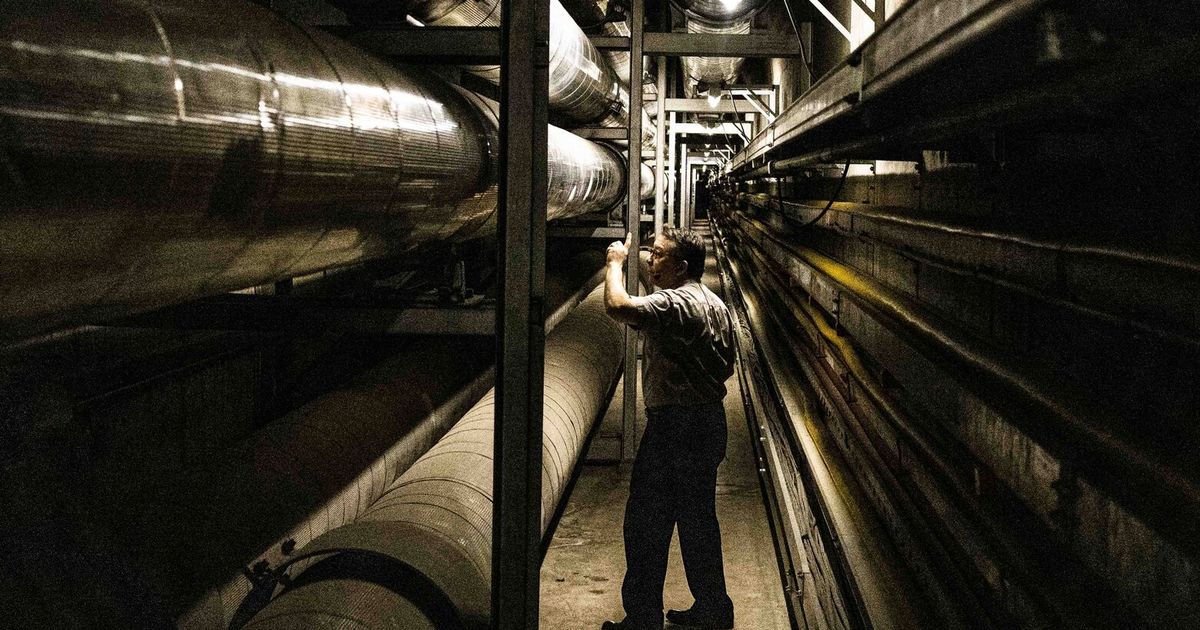
The 74
America's Education News Source
Copyright 2024 The 74 Media, Inc
Sign up for our free newsletter and start your day with in-depth reporting on the latest topics in education.
Education is at a Crossroads: Help Us Illuminate the Path Forward. Donate to The 74
The majority of voters are dissatisfied with the trajectory of K-12 education and support leaving school decisions to local governments, according to a recent national survey.
The survey, from right-leaning education advocacy group Yes. Every Kid. Foundation, reveals opinions about local school control, open enrollment and funding from 1,000 registered voters across the nation.
The majority of survey respondents support ending assigned school zones — district boundaries that determine which school students attend, depending on their home address. Nearly two-thirds (65%) said they support giving children access to the best public school that works for them, regardless of the neighborhood they live in.
About 56% said K-12 education is headed in the wrong direction, a finding that should be an “alarm bell” for policymakers, said Matt Frendeway, vice president of strategy for Yes. Every Kid. One-third (31%) of respondents said education is going in the right direction, while 12% said they didn’t know.
“Families don’t feel like things are working,” he said.
The results are similar to the findings of other national surveys. An annual Gallup poll found that in 2024, 55% of people said they were dissatisfied with the quality of K-12 education in the U.S.
Frendeway said the Yes. Every Kid. survey results suggest that voters want less federal involvement and more flexibility in education.
When asked who they trust the most to decide how local education funding is spent, 20% of respondents said their state department of education, 18% said teachers and 15% said parents.
About 14% chose their local school board, 12% said individual schools and 12% preferred the federal government.
While 74% of respondents said Washington should fund public schools, only 28% said it should decide what schools spend the money on.
Districts receive roughly 10% of their funding from Washington, with state and local governments supplying the rest. The money is funneled through programs such as Title I for low-income schools and the Individuals with Disabilities Education Act, which supports special education students.
The role of federal funding has recently come under scrutiny, especially with the election of President Donald Trump, who has called for shifting more funding to the states or dismantling the Department of Education altogether.
In the Yes. Every Kid. survey, 59% of respondents said they would support ending all federal requirements tied to education funding and instead sending money directly to states to spend.
About 62% said they support each state tailoring education programs to the needs of their own student populations.
Frendeway said one approach is to increase block grant funding, which is money that comes from the federal government but is administered by state or local governments.
“Governors would have more say in how to benefit schools in their state,” he said. “It brings the funds closer to those who need it and deserve it.”
Other education groups have warned that dismantling federal funding would devastate local schools by worsening teacher shortages and quality instruction for vulnerable students, according to the Center for American Progress, a left-leaning policy institute.
Get stories like these delivered straight to your inbox. Sign up for The 74 Newsletter
Lauren Wagner covers education for the Omaha World-Herald and is a contributor to The 74
We want our stories to be shared as widely as possible — for free.
Please view The 74’s republishing terms.
By Lauren Wagner
This story first appeared at The 74, a nonprofit news site covering education. Sign up for free newsletters from The 74 to get more like this in your inbox.
The majority of voters are dissatisfied with the trajectory of K-12 education and support leaving school decisions to local governments, according to a recent national survey.
The survey, from right-leaning education advocacy group Yes. Every Kid. Foundation, reveals opinions about local school control, open enrollment and funding from 1,000 registered voters across the nation.
The majority of survey respondents support ending assigned school zones — district boundaries that determine which school students attend, depending on their home address. Nearly two-thirds (65%) said they support giving children access to the best public school that works for them, regardless of the neighborhood they live in.
About 56% said K-12 education is headed in the wrong direction, a finding that should be an “alarm bell” for policymakers, said Matt Frendeway, vice president of strategy for Yes. Every Kid. One-third (31%) of respondents said education is going in the right direction, while 12% said they didn’t know.
“Families don’t feel like things are working,” he said.
The results are similar to the findings of other national surveys. An annual Gallup poll found that in 2024, 55% of people said they were dissatisfied with the quality of K-12 education in the U.S.
Frendeway said the Yes. Every Kid. survey results suggest that voters want less federal involvement and more flexibility in education.
When asked who they trust the most to decide how local education funding is spent, 20% of respondents said their state department of education, 18% said teachers and 15% said parents.
About 14% chose their local school board, 12% said individual schools and 12% preferred the federal government.
While 74% of respondents said Washington should fund public schools, only 28% said it should decide what schools spend the money on.
Districts receive roughly 10% of their funding from Washington, with state and local governments supplying the rest. The money is funneled through programs such as Title I for low-income schools and the Individuals with Disabilities Education Act, which supports special education students.
The role of federal funding has recently come under scrutiny, especially with the election of President Donald Trump, who has called for shifting more funding to the states or dismantling the Department of Education altogether.
In the Yes. Every Kid. survey, 59% of respondents said they would support ending all federal requirements tied to education funding and instead sending money directly to states to spend.
About 62% said they support each state tailoring education programs to the needs of their own student populations.
Frendeway said one approach is to increase block grant funding, which is money that comes from the federal government but is administered by state or local governments.
“Governors would have more say in how to benefit schools in their state,” he said. “It brings the funds closer to those who need it and deserve it.”
Other education groups have warned that dismantling federal funding would devastate local schools by worsening teacher shortages and quality instruction for vulnerable students, according to the Center for American Progress, a left-leaning policy institute.
Copyright 2024 The 74 Media, Inc









